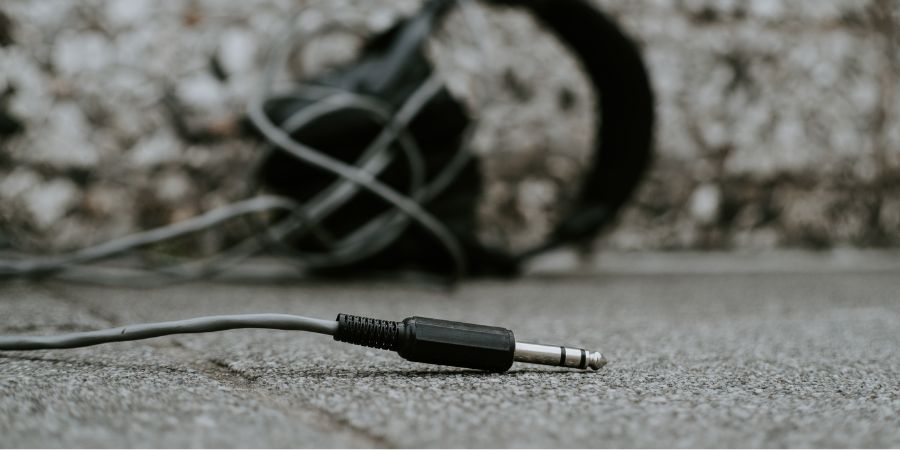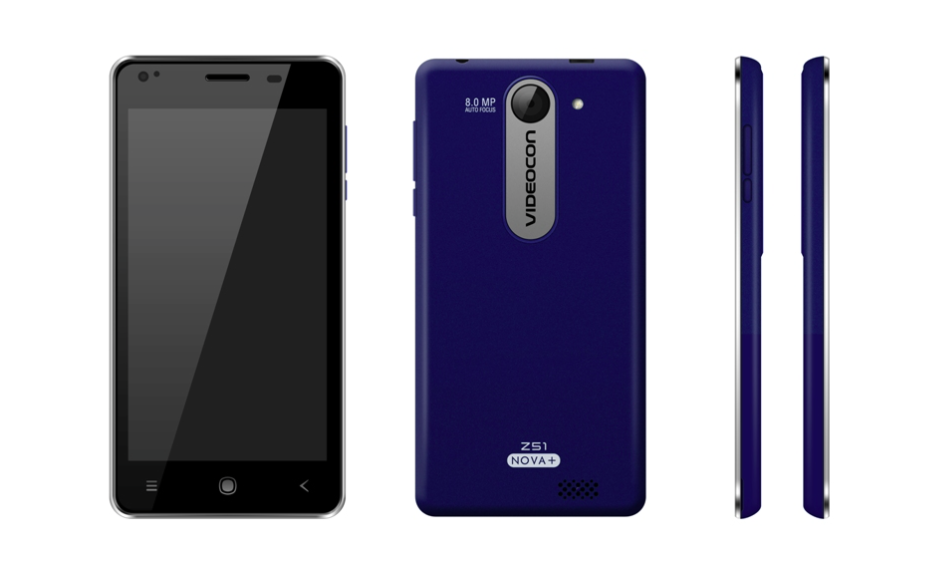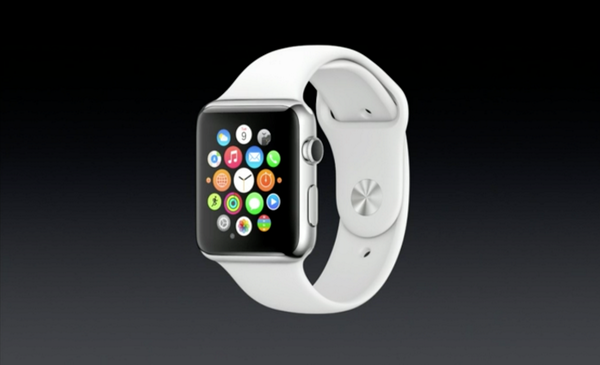Over the past few years, we have seen a growing trend of smartphone manufacturers ditching the traditional 3.5mm headphone jack in favor of USB-C audio. LeEco was the first smartphone brand that ditched the traditional 3.5 mm jack to feature USB-C audio. It launched Le 2, Le 2 Pro and Le Max 2 smartphones in 2016. Although OPPO Finder which was released in 2012 also lacked a 3.5mm audio jack it used microUSB audio and offered a microUSB to 3.5mm audio connector. After Apple also removed the headphone hack, several other companies started ditching audio jacks to favor USB-C audio. While this move has been met with resistance from some consumers, smartphone brands continue with the new trend. Now we hardly see a smartphone with a 3.5mm audio jack. There are a number of reasons why companies are choosing to make this change. In this blog post, we will take a closer look at the headphone jack vs USB-C audio debate and explore why companies are opting for the latter.
Headphone Jack
For decades, the 3.5mm headphone jack has been the standard for connecting headphones and speakers to electronic devices. It is a simple, analog connector that requires no additional processing to work. However, as technology has advanced, the headphone jack has become somewhat outdated. It takes up valuable space within a device, which can limit the design choices of manufacturers. In addition, it is not able to support high-quality digital audio, which is becoming increasingly important in the world of music streaming and hi-fi audio.
USB-C Audio
USB-C is a relatively new standard for charging and data transfer that has become increasingly popular in recent years. Unlike the headphone jack, USB-C is a digital connector that is capable of supporting high-quality digital audio. This means that by using USB-C for audio, manufacturers can offer better sound quality and more advanced audio features, such as noise canceling and high-resolution audio playback.
Using USB-C for audio also allows manufacturers to make devices thinner and more compact, as they no longer need to include a bulky headphone jack. This is particularly important in the world of smartphones, where consumers are demanding devices that are both powerful and portable.
Why Are Companies Choosing USB-C Audio?
There are a number of reasons why companies are choosing to ditch the headphone jack in favor of USB-C audio. USB-C is capable of supporting high-quality digital audio, which can provide better sound quality and more advanced audio features. Here’s a brief comparison:
Headphone Jack:
- Analog signal, which can be susceptible to interference and noise
- Limited frequency response, typically up to 20,000 Hz
- Limited bit depth and sampling rate, typically 16-bit/44.1kHz or 24-bit/48kHz
- Limited dynamic range and signal-to-noise ratio
USB-C Audio:
- Digital signal, which can be less susceptible to interference and noise
- Supports high-resolution audio playback, with the potential for bit depths up to 32-bit and sampling rates up to 384kHz
- Supports advanced features such as noise cancelling
- Offers a wider frequency response range, potentially up to 96kHz or higher
- Offers a wider dynamic range and signal-to-noise ratio
It’s worth noting that the actual audio quality you’ll get from USB-C audio will depend on a few factors, such as the quality of the DAC (digital-to-analog converter) and amplifier in your device, as well as the quality of your headphones or speakers. Some USB-C devices may have built-in DACs and amplifiers that provide high-quality audio, while others may require external equipment to achieve the same level of performance.
If you’re an audiophile or simply someone who values high-quality audio, USB-C audio may be the better choice.
USB-C audio allows for advanced features such as noise canceling and high-resolution audio playback, which are becoming increasingly important to consumers.
As more devices move towards USB-C, it makes sense for manufacturers to adopt this standard for audio as well, future-proofing their devices. By removing the headphone jack, manufacturers are able to make devices thinner and more compact, allowing for more advanced designs. In this way, manufacturers are able to reduce the cost of production, which can lead to lower prices for consumers.
Headphone jack vs USB C Audio
| Feature | Headphone Jack | USB-C Audio |
|---|---|---|
| Analog or digital | Analog | Digital |
| Sound quality | Limited | High-quality |
| Advanced features | Limited | Noise canceling, high-resolution audio playback, etc. |
| Space-saving | N/A | Allows for thinner and more compact device designs |
| Compatibility | Widely adopted | Becoming increasingly popular, particularly in newer devices |
| Cost | Inexpensive | Can be more expensive, particularly for high-quality digital-to-analog converters |
| Future-proofing | Not future-proof | As more devices move towards USB-C, it is likely to become the new norm |
Conclusion
While the move towards USB-C audio has been met with resistance from some consumers, it is clear that this technology offers a number of benefits over the traditional headphone jack. As technology continues to advance, we can expect to see more and more devices adopting this standard, making USB-C audio the new norm for audio connectivity. This is the reason USB-C audio is growing in popularity and different companies are now ditching the headphone jack.
Also see: Best USB Type-C Earphones






